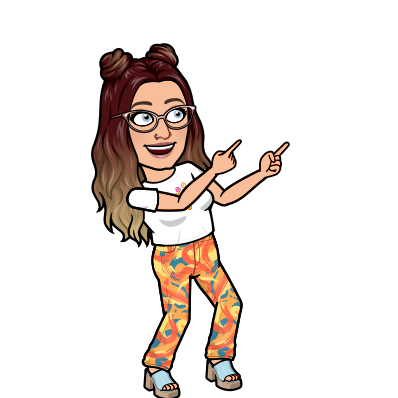
View here.

View here.
In Chapter 3 of Kevin Kumashiro’s (2006), Against Common Sense Teaching and Learning Toward Social Justice, Kumashiro discusses that teachers teach in a state of uncertainty.
What does teaching in uncertainty mean?
According to Kumashiro, teaching in uncertainty means that teachers do not know the hidden lessons they are teaching their students, and therefore do not know what their students are really learning from their lessons. In the chapter, Kumashiro discusses an example involving two different teachers. He then recounts how his own students speculated what these teachers’ students were learning from the way that the teachers taught. The speculations of Kumashiro’s students were varied, but their speculations also highlighted the fact that each student has a different lens in which they view the world and will, therefore, interpret a teacher’s teaching in a different way dependant on the student’s individuality.
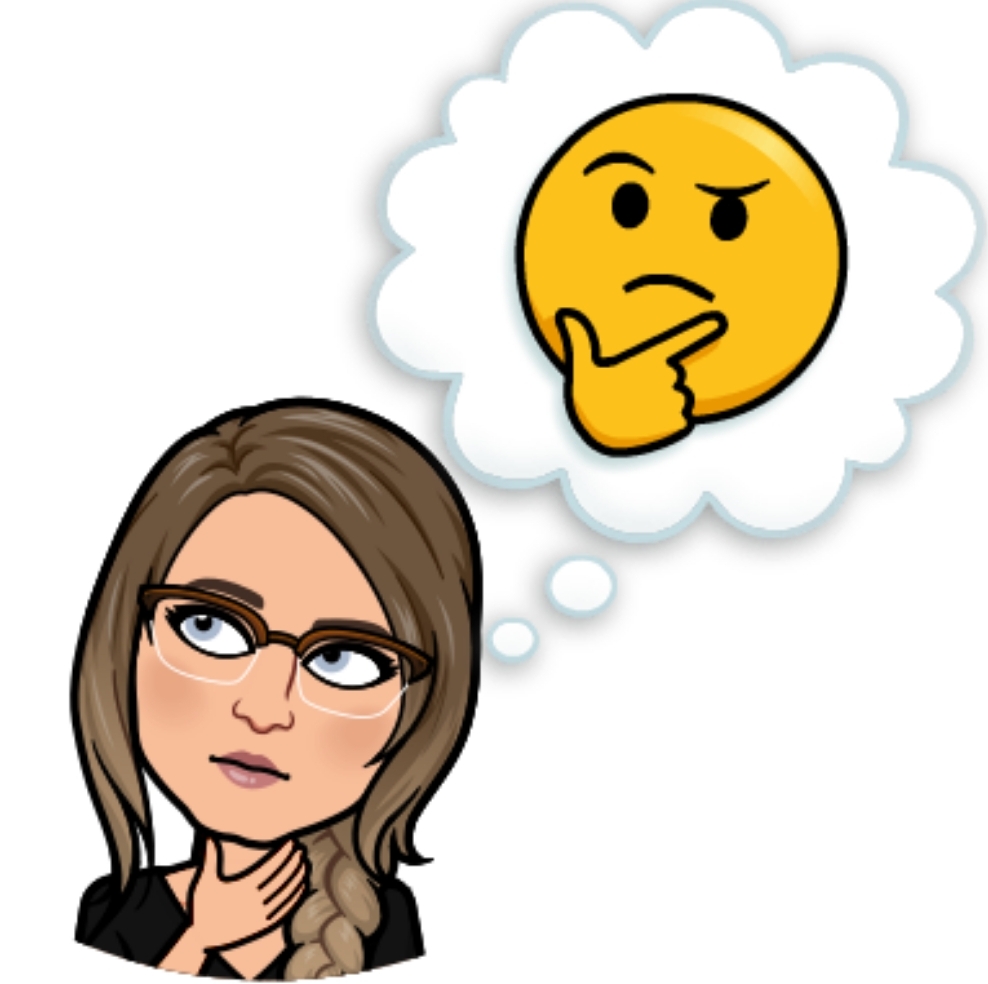
How Teaching in Uncertainty will Impact my own Teaching
Knowing that it is nearly impossible to predict or know what my student’s are learning from the way that I teach will make me more mindful of not only what I teach, but how I teach it as well. This mindfulness will encourage me to learn and observe the frames of reference each of my students’ bring to the classroom and can help me better predict when unintentional messages in my teaching could be harmful or contradictory to my intentional message.
What it Means to Teach
In my frame of reference to teach means to serve as a guide that helps students understand themselves and the world around them. A teacher is meant to encourage students to learn about themselves and the world around them so that they treat both with care and respect. Teaching also means to consistently be reevaluating and criticizing your own frame of reference and the world around you in order to learn and grow from your biases or witnessed oppression. Kumashiro discusses that we should be “radically rethinking what it means to teach in,” this idea has influenced my perception of what it means to teach (p. 41). It has influenced my perception by encouraging me to reevaluate what I believe a teacher’s role is and how teaching should be done. From this idea, I have concluded that it is essential for a teacher to consistently be in a state of reevaluation of their own practices and the world around them.
How to Address the Hidden Curriculum and Battle the Uncertainty of Teaching
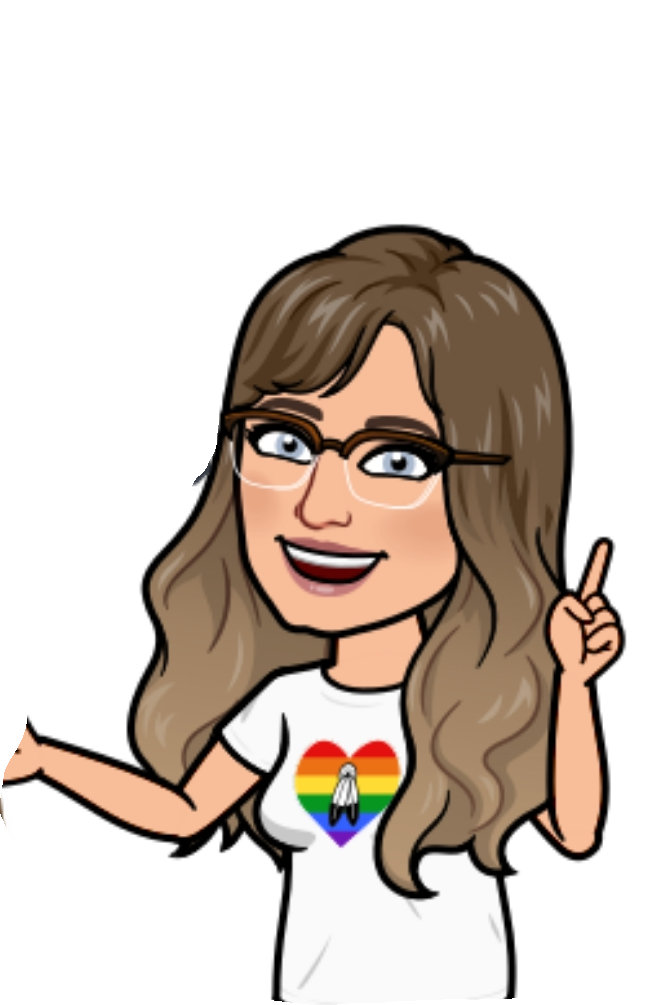
I believe that the best way for a teacher to address the uncertainty of teaching and the hidden curriculum is to first understand that each student will view your teaching in a different way, and therefore each student will learn different lessons. This understanding can help a teacher predict and combat unintentional lessons from the hidden curriculum (and their teaching) that students learn. I also think that it would be beneficial for teachers to ask students questions about the messages they are learning from their teaching, and encourage them to be honest about their answers. This tactic can highlight what impact your teaching has on your students and will provide feedback on how to be more mindful of your teaching.
How My Upbringing Taught Me To ‘Read The World‘
My upbringing and schooling heavily reflected a colonized western society. When I was a child, we lived in North Central Regina. Considering the high crime rate of that area and my parents’ own biases, my parents did not allow me to play outside alone or with other children in the neighborhood (especially Indigenous children). They also sent me to a babysitter that lived in a much nicer area (primarily white families lived there) and I went to an elementary school that was close to my babysitter’s. At my elementary school, there were mainly upper-middle-class white families. For these reasons, I was conditioned to not trust and fear people that had a different skin color than me as a child. My childhood taught me to ‘read the world’ from a cynical standpoint where white people are nice and kind, and people of color are scary and criminals. This was the case because I had very limited interactions with people of color. It was not until I was a pre-teen where I truly developed friendships with people of color and had to learn to unlearn my biases.
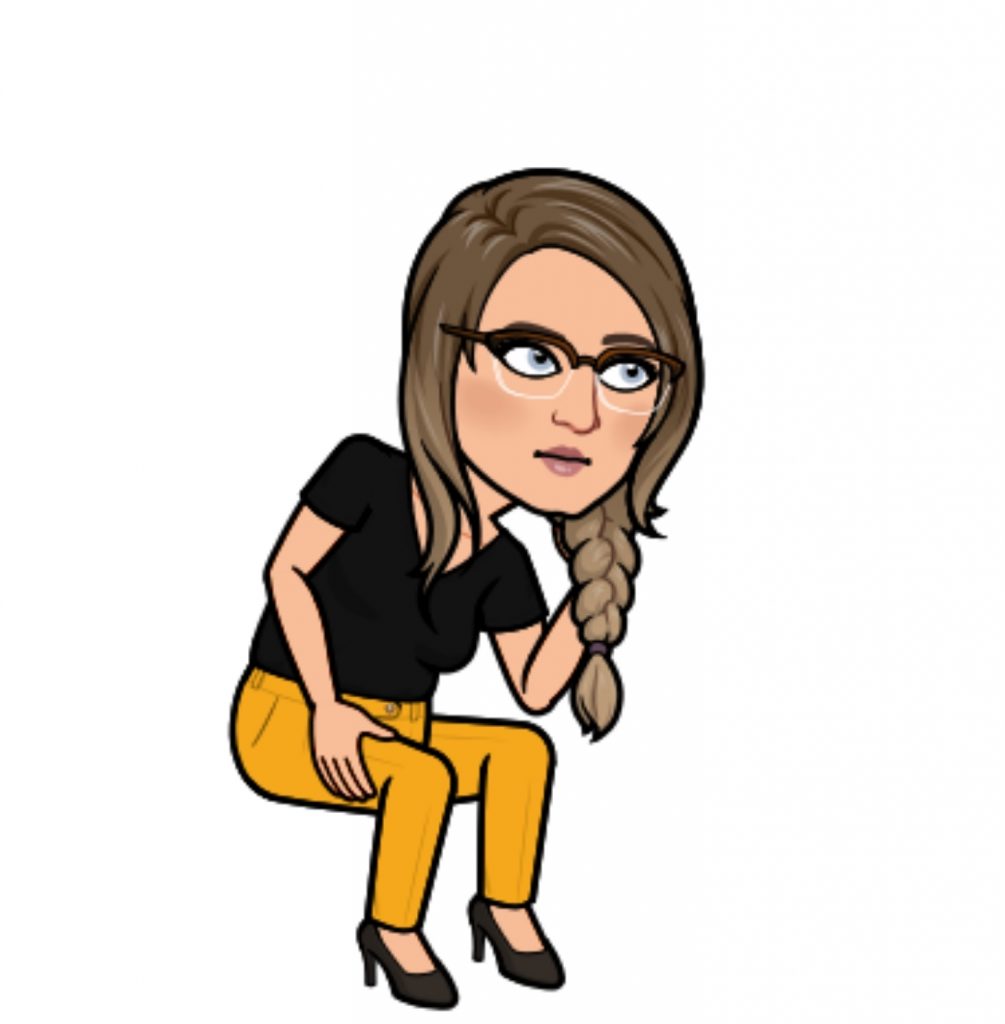
The Biases I Bring to The Classroom and How I Unlearn Them
‘What biases do you bring to the classroom?’ is the hardest (or the most shameful) question I can be asked as an upper-middle-class, straight, English speaking, white woman. However, it is for this reason that it is important to be asked and answer these types of questions. I know that I hold racial biases that influence my perception of the world. I believe that the first step to unlearning my biases is to first acknowledge that they exist. Once I acknowledge that they exist, it is easier to identify when a biased thought or action occurs and I can then work to correct that thought or action.
My Single Stories
In Chimamanda Adichie’s Ted Talk, she discusses the concept of ‘Single Stories’ or biases. In my schooling experience, we were taught from a white settler/western colonized perspective. I had limited interactions or experiences with other cultures and did not know much about other cultures as a result. It was not until I was in grade five or six that I began to learn more about Indigenous culture and genocide. Prior to learning about Indigenous culture, I had a single story about Indigenous people. This story was that all Indigenous people are alcoholics, drug addicts, poor and dangerous criminals. I learned this single-story because I was not exposed to Indigenous culture and the truth about Canadian history. This information was withheld from me for way too long, and it highlighted that white stories mattered more in my society than indigenous stories.
View here.

Originally posted July 28, 2020.
The concept of reinhabitation and decolonization is rooted in the fact that Indigenous people share a deep connection with the land and their culture. “Learning from Place: A Return to Traditional Mushkegowuk Ways of Knowing” is a research project completed by Jean-Paul Restoule, Sheila Gruner, and Edmund Metatawabin. In the project, they worked to discover the ins and outs of reinhabitation and decolonization. They did so by creating an audio documentary about taking a trip down the Albany River which served as a, “decolonizing process of re-membering as younger generations were re-introduced to traditional ways of knowing.”
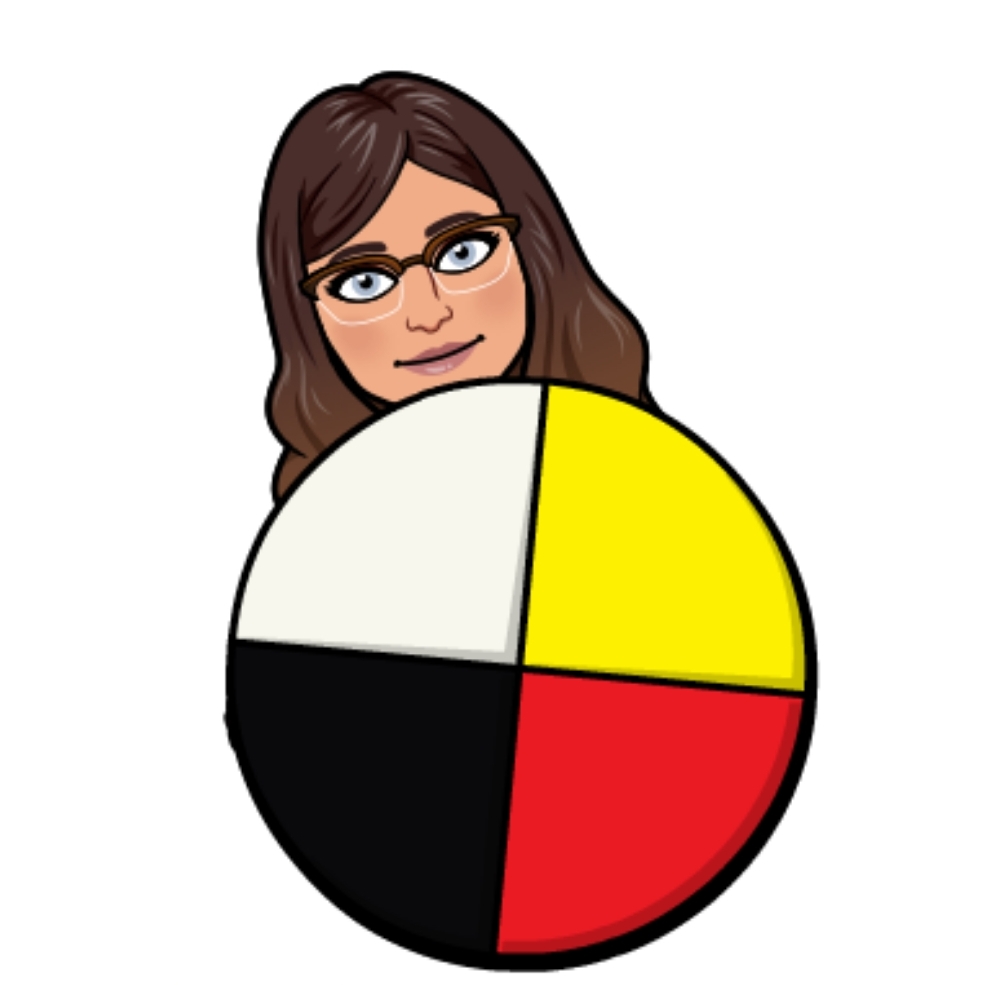
According to Restoule et al. (2013), reinhabitation and decolonization can be defined as:
Reinhabitation:
Identify, recover, and create material spaces and places that teach us how to live well in our total environments that teach us how to live well in our total environments.
Examples of Reinhabitation in the Project:
Decolonization:
Identify and change ways of thinking that injure and exploit other people and places.
Examples of Decolonization in the Project:
How would I adapt the Research Project’s ideas about Reinhabitation and Decolonization?


View here.
Originally posted July 20, 2020.
An important question to consider as an educator is ‘What do we teach and why?’. This is an important question because it allows a teacher to critically analyze the implications of what they teach and how they teach it. For this same reason, it is also important to consider how school curriculum is decided.
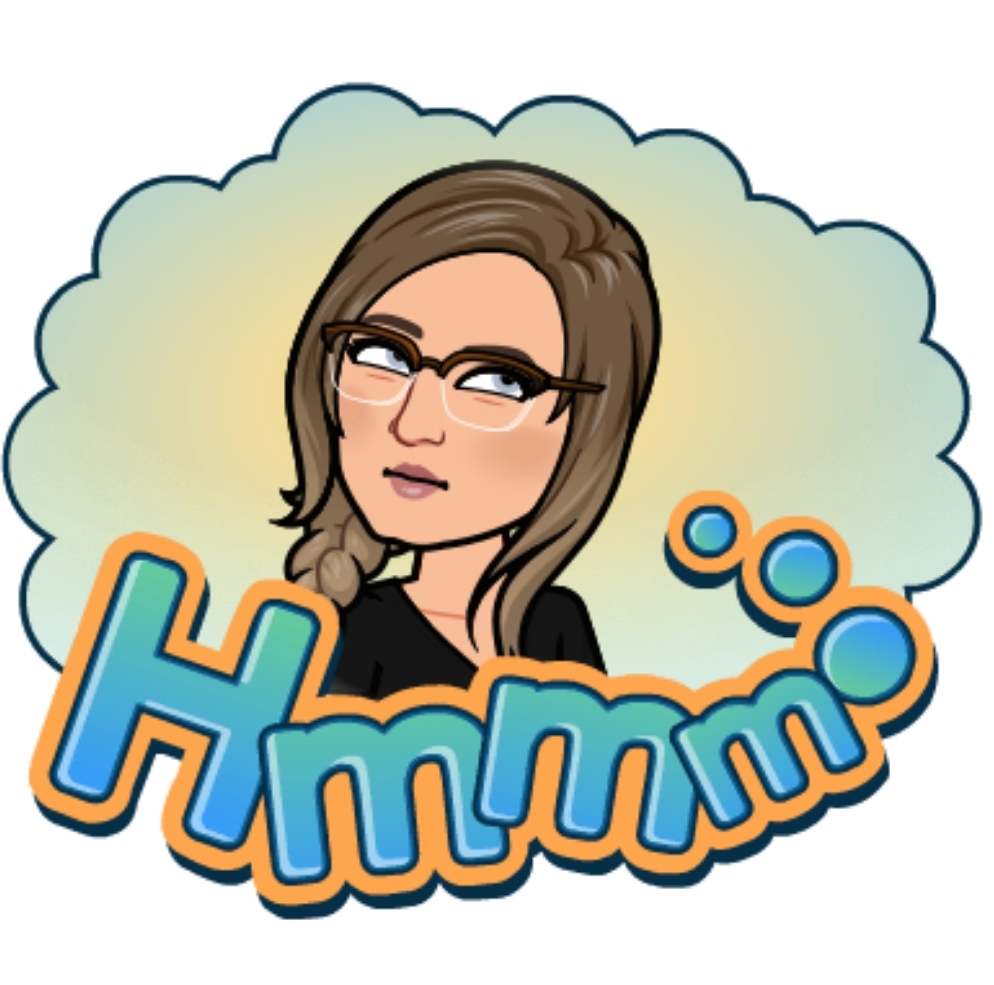
How is school curricula decided?
Curriculum is a complicated concept that involves multiple factors. These factors also play a role in how curriculum is both decided and implemented. Understanding curriculum begins with understanding it’s basic principles, “Most curricula are organized around at least two objectives — very general or broad goals and then much more specific learning activities and objectives.” (Levin, 2008, p. 14). In addition, curriculum is also influenced by multiple factors. These factors include, politics, community, students and teachers (Levin, 2008). Once these principles are understood, it is easier to understand how curricula is decided.
According to Levin (2008), curriculum is decided upon by first examining the existing curriculum, gathering data about the existing arrangements, considering various ideas for change, and then trying to arrive at consensus on recommendations for the new curriculum; all of these steps are decided by a committee of experts that include academics and teachers.
What did I gain from reading Curriculum Policy and the Politics of What Should be Learned in Schools?
What I learned from reading Levin’s article is that curriculum is not simple. Deciding on what to teach students is a complicated process that is influence by societal movements, politics, social justice issues, teachers, students, geographical location, and other factors.

My Thoughts on how Curriculum is Decided
I think that considering how complex curriculum is, it is important to reevaluate what we teach and how we teach it on a regular basis. I also believe that as a classroom teacher, there is an enormous amount of responsibility to adapt the curriculum so that it benefits each student in their classroom.
References
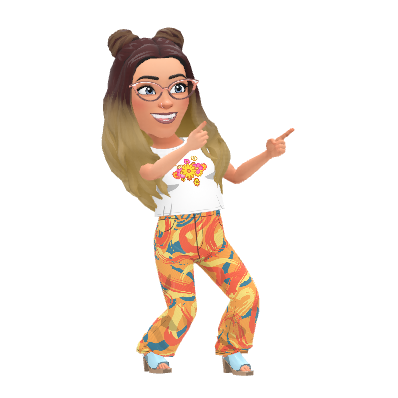
View here.
Grade: Five
Length: 5 Days (60 min/day)
Subject: Arts Education, English Language Arts, Social Studies, Science and Treaty Education
Content: This cross-curricular unit explores the essential question “The Circle of Life is traditionally thought to be a First Nation way of living and seeing the world. How can we connect to the Circle of Life and bring it into our daily classroom and education?” using a variety of instructional strategies.